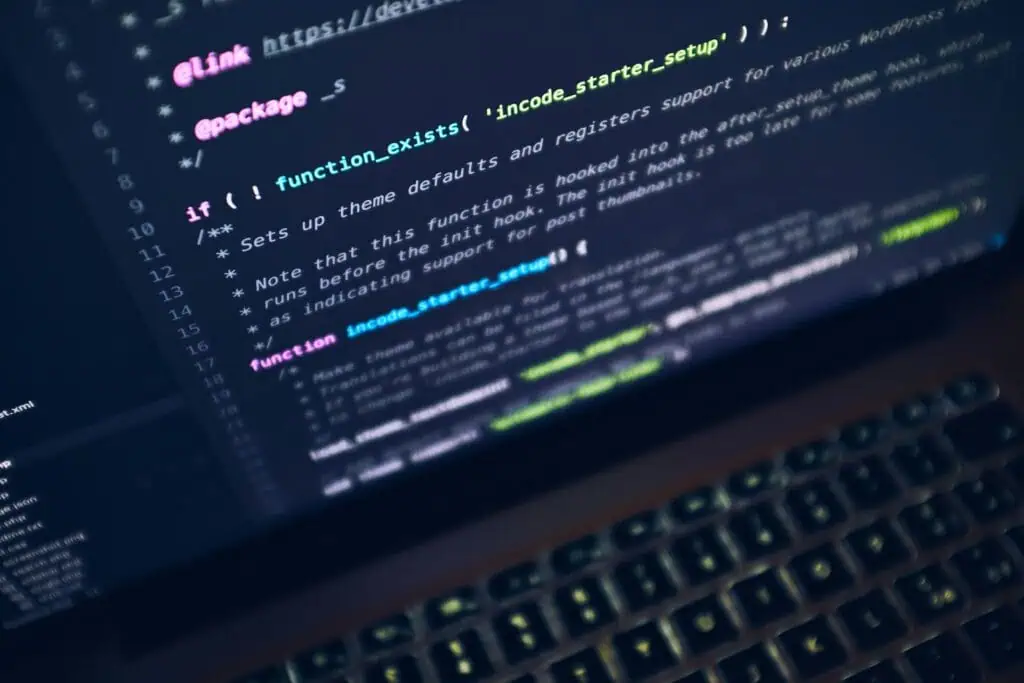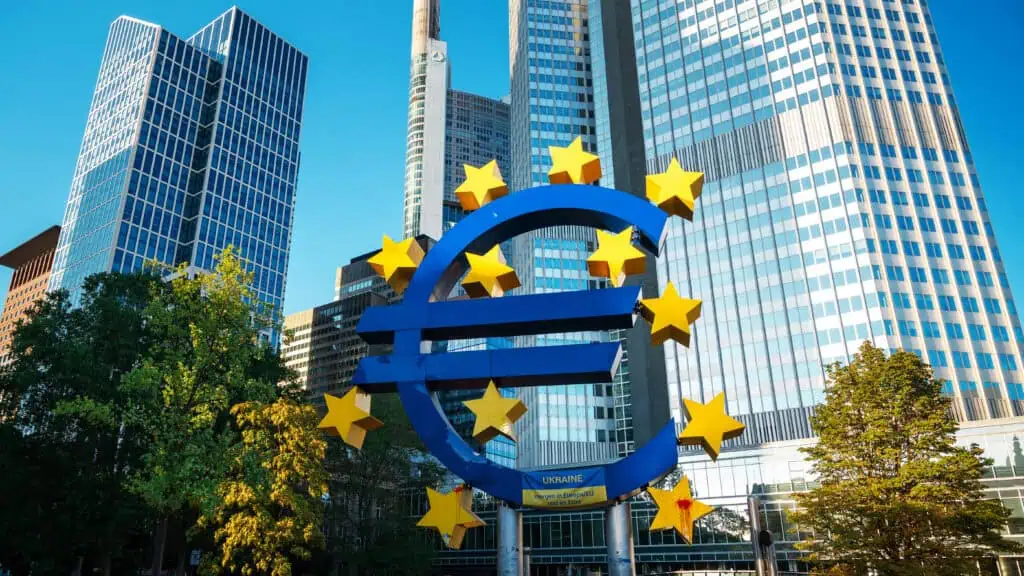
- Categorizing Risk
- Planning for a Recall
- Team Approach
- Procedural Response
- Risk of Recall
As right leader and manager, you must not only be careful of potential risks, such as product liability, but you also need to be assured you have put in place an integrated business system that identifies all of the potential risks and prioritizes those risks based on the likelihood of occurrence, detectability and impact. Those familiar with failure mode and effects analysis (FMEA) will recognize these three parameters. The ideal situation involves being able to collect data for each parameter so prioritization is data driven rather than an exercise in engineering judgment. That’s where product recall management comes in.
Categorizing Risk
When recognizing risks, we promote the three categories by Perry Daneshgari:
- Business risk includes not getting the expected return on your investment.
- Technical risk involves whether a particular part or subsystem fails in the field.
- Integration risk is similar to what Toyota is experiencing with its acceleration problem in the field. In that instance, the problem could be the way the throttle-accelerator subsystem interacts with the physical interior protective system of floor mats, which are greatly influenced by customer choice.
Companies are usually good at identifying business and technical risks but not very good at identifying integration risks.
A risk-identification system needs to be at work throughout the business—from initial design to cooperation in field. It needs to be integrated so there is excellent communication up and down the value stream. That means it also needs to include the suppliers—not a trivial task; it takes years to build an integrated system of people, process and technology so the information gathered is useful and actionable.
Download our e-book
Download our free e-book to discover how GQ Interim can transform your business with expert leadership solutions!
Leveraging from History and Knowledge
There are two primary sources to be used for risk identification in each of the three risk categories:
- History is what has gone wrong in the past. This depends on a systematic approach to collecting useful information about field failures, starting with engineering test data from prototypes and accelerated testing to failure. The greatest risk is the occurrences that appear to be detached from your plant and develeopment centre. Too often, organizations will ignore these early warning indicators/facts instead of aggressively trying to understand what they show and mean.
- Knowledge of how the product or process works is the physics and chemistry, engineering knowledge and logic that tells us what could go wrong. This depends on understanding the science that goes into product design and development.
FMEA can be applied throughout the value stream to help identify and prioritize risks, and drive actions to prevent the risk, find ways to make it easier to detect and reduce the impact if a failure occurs. When applied rigorously, it is an important learning tool. When applied superficially, it can provide a false sense of security (requent fact in many companies).
For example, some organizations go through FMEA as an exercise in response to an original equipment manufacturer requirement, in which case the blanks are filled in and the risk priority number calculated, but the depth of commitment required to have an impact on the design or production process is lacking.
Part of the response to the potential for failures is a strong voice of the customer system for communicating customer issues, complaints and warranty claims to:
- Those who can rapidly fix and contain the issue, thereby satisfying the individual customer.
- Those responsible for production, who can stop and correct the issue in a plant, so more problems do not happen.
- Those responsible for design, so future products will not repeat the problem.
Check Your Warranty
Another issue for manufacturers is warranty systems, which are used primarily to finance repair or replacement rather than facilitating the diagnosis and subsequent prevention of customer issues. To that end, they are effective when it comes to containing errors in the short run, but they’re also responsible for misinformation regarding the nature of the field failure.
An effective way to fight this problem is to develop teams which include specialists for design, production, engineering and quality and require the failed product to be quarantined in the field so the team can perform an on-site diagnosis and not rely on second and third-hand descriptions. The availability of real-time onboard diagnostics, such as black boxes, as well as digital photography and video has greatly facilitated the ability to gather data regarding field failures.
There are many tools and methods for preventing the problems and for responding aggressively to failures in the field. But the organization must have the will to recognize any failure as an opportunity to help a customer, to catch the problem early and to learn how to prevent it from occurring in the first place. That begins with leadership instilling a culture that insists on serving customers, and it never ends.
How to Fight with the Recalls in Successful Way?
In business and general public language is more often used the word “recall”. About many of them we are informed very hardly or we don’t know at all, but some of recalls become huge scandals for example as VW Diesel crisis and Takata airbags.
In a political climate influenced by heightened consumer safety concerns, the unwanted attention that accompanies a product recall cannot be ignored.
A focus into preventive steps and actions, identifying a product recall team and setting the quality control can reduce the risk of—and perhaps even prevent—major product recall expenditures, including the lawsuits that typically follow.
What Should We Do When a Recall Occurs?
Planning for a Recall
Prudent and responsible companies already have methods in place to monitor their products. They monitor consumer complaints on regular basis and use public relations personnel to respond to and educate the public. They are sensitive to product recalls involving products made by competitors and review their own products in light of those recalls. Developing a culture of product safety from top to bottom—including product management (manufacturing and sales), design, quality, use and testing, and literature—is the best way of preventing a product recall and should be accepted, becoming the doctrine of management and employees alike.
Team Approach
The first step in planning is to create a product recall team designed to evaluate and find out any possible product deficiencies before they result in injury or damage and to recommend a fix, when appropriate. The same group may also prepare a product recall action plan, which can be followed if a recall is instituted and can be adjusted and modified as the recall unfolds.
To best equip the recall team for its tasks, management should consider appointing a multidisciplinary group consisting of a management representative, product manager, chief engineer, quality control manager, public relations expert and attorney (in special cases).
The objective is to combine the team’s skills and experience to implement and periodically review product safety evaluation procedures, product recall plans and product safety concerns raised internally or by user or governmental inquiries and complaints.
Procedural Response
In addition to the ongoing actions of the product recall team, there are several steps already required for children’s products and their packaging that should be considered. If at all feasible, procedures can be created that will permit tracking of all products sold, either by lot number or production period.
Diagnosing the Problem
Equipped with the advance planning and continuing discussion, the product recall team can rapidly respond when a potential recall is identified. It can evaluate the data and options and perform a risk/benefit analysis of the potential concerns for management. It can make certain that any reported incidents are not due to product misuse or abuse, or, in the case of some toys, lack of proper parental supervision. It can determine whether the problem is due to a design defect rather than a production problem and, in conjunction with management, whether a product recall is required.
When the facts and circumstances dictate—and permit—the team can move on to conceiving and developing a definitive fix for the perceived problem, one that cures an identified concern without creating new dangers or concerns. A well-prepared and experienced team thoroughly understands the product and the uncertainties surrounding it and is able to find the cause and engineer a solution quickly.
Risk of Recall
While not wanted, a product recall should be seen by the company and its employees as a potentially positive opportunity to eliminate or reduce personal injury, property damage and harm to the reputation of the company and its products. It need not necessarily result in the loss of market share, in either the short or long run, and it may serve to build public trust in the company and its products.
Possible risk exposure made from a product recall includes product liability claims and governmental prosecution civil and criminal. For this reason, the product recall team should begin to document its recall actions, including customer, distributor, user and public communications—oral and written.
Those communications may become important in defending against current or future lawsuits. If suppliers or component manufacturers are responsible for the recall, notify them you are holding them responsible for the costs of the recall and the damage done to your company’s reputation.
You should also tell them you expect them to indemnify, defend and hold your company harmless from the effects of the recall. It is wise to track all recall-related costs using a separate accounting number to facilitate future insurance claims and claims against responsible suppliers and component manufacturers.
Conclusion
It’s possible to avoid product recalls by engineering safety into all products and training all employees to value safety above everything else. By introducing first-rate quality controls throughout the manufacturing process, testing for safety in all products and trying to anticipate common product misuse, a manufacturer may be able to minimize—if not eliminate complaints.
Interested in Interim Expert?
Discover how interim management can dramatically increase the efficiency of your business. Get in touch with our team to learn how working with GQ Interim will improve your company.
- Get started within few days
- Database of 10 000+ consultants
- Solving crucial problems of your business
- Custom solutions for your business needs
- Proven results with measurable impact
Related articles

- A balanced scorecard example demonstrates how organizations can measure more than just financial performance. Developed by Robert Kaplan and David Norton, the balanced scorecard tracks goals across finance, customers, internal processes, and learning & growth. By aligning these perspectives, it ensures that daily operations support long-term strategy and sustainable growth.

- The Theory of Constraints (TOC) is a structured approach to improving organizational performance by focusing on the single most limiting factor—the constraint. Whether it’s a production bottleneck, market demand, or a sales conversion gap, TOC answers three core questions—what to change, to what to change, and how to cause the change—and drives continuous improvement through five disciplined steps: identify, exploit, subordinate, elevate, and repeat.

- Software quality assurance ensures that software consistently meets stakeholder needs by preventing defects and validating that products align with defined quality attributes (e.g., reliability, security, performance). Blending defect management practices with standards-based quality models like ISO/IEC 25010 helps teams plan, measure, and continuously improve quality throughout the lifecycle.

- During our jobs we meet very often with many symbols and shortcuts or abbreviations e.g. FMEA, PPAP, CC, SC etc. When I did my first internal audit at work I had to also check the implementation of CE marking. Previously I have done the research what is this CE marking to not be absolutely lost in this area. So what is it and how is itused?